
 |
|
|
Looking Ahead
Volume 63 Number 10 Date 07/05/2018 WESTERN BEAN CUTWORM - The annual flight began three weeks ago, though only six moths have been collected in two of DATCP's 54 survey traps as of July 5. The moths were reported from Fond du Lac and La Crosse counties. An improved UNL-UMN model for predicting western bean cutworm activity indicates that 25% of the moth population should emerge during the period of July 8-14 in southern Wisconsin and the following week in the central counties. The model uses simple degree-day calculations beginning March 1, with a 38°F lower threshold and a 75°F upper threshold, and estimates 25% emergence around 2,577 degree days. Routine scouting of corn plants for egg masses and small larvae should start once fields enter the late-whorl and pre-tassel stages. If control is warranted, insecticide treatments applied at 90-95% tassel emergence are most effective. LATE BLIGHT - Disease severity value (DSV) accumulations near Grand Marsh, Hancock and Plover have exceeded the late blight risk threshold triggering preventative fungicide application. UW-Extension Vegetable Plant Pathologist Dr. Amanda Gevens recommends that treatments to limit initial late blight infection begin at this time for early and mid-potato plantings from Plover southward. As of July 5, no late blight has been detected in the state. EUROPEAN CORN BORER - Pupation of first generation corn borers is expected to start in advanced southern locations next week. Surveys indicate that larvae from the spring flight are presently in the second to fifth instars. The treatment window for first generation larvae has closed statewide, with the exception of the far northern counties. LILY LEAF BEETLE - UW-Madison Extension Entomologist PJ Liesch confirms that larvae of the lily leaf beetle have been found in western Shawano County, about 30 miles east of Wausau. According to his report, the larvae were causing significant damage to lilies at a residence near Wittenberg. An adult beetle had been spotted at the same site earlier in spring. Gardeners and UWEX agents in neighboring Waupaca County are advised to be on the lookout for the bright red beetles and their larvae. APPLE MAGGOT - Adult flies were captured on orchard traps for the second consecutive week, signaling the start of the adult emergence period. Close monitoring of red sphere and yellow sticky traps is recommended, particularly for orchards impacted by recent heavy rain. Maintenance of traps will be important as oviposition on apples increases in late July and early August. -- Krista Hamilton, DATCP Entomologist 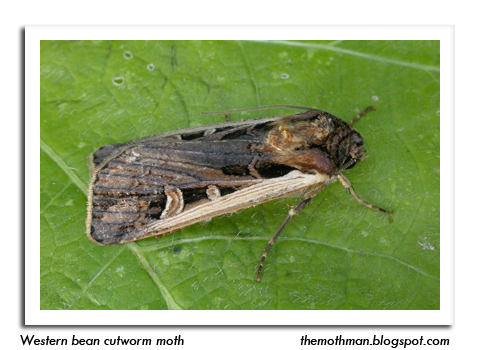
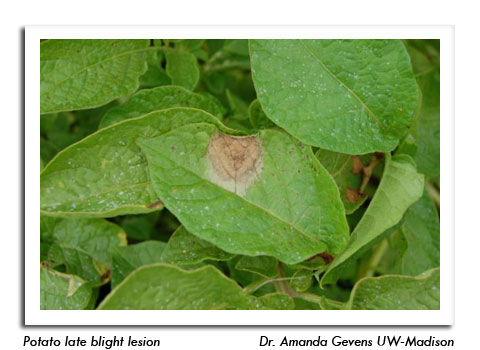
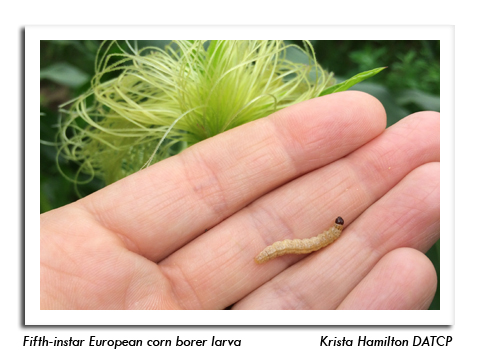
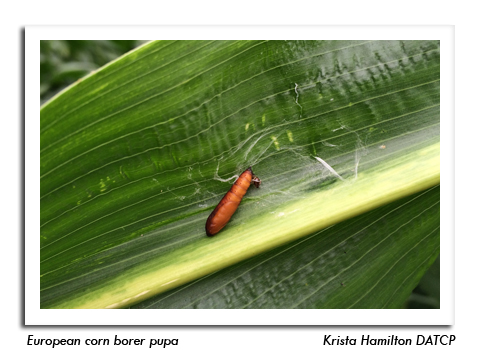
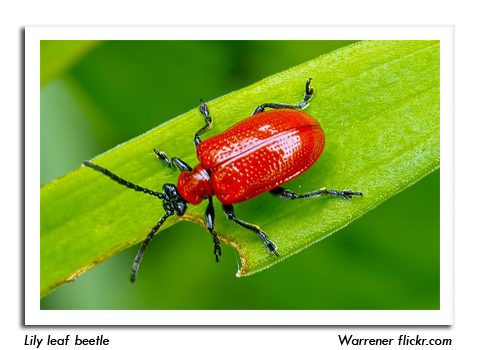

|
|
|